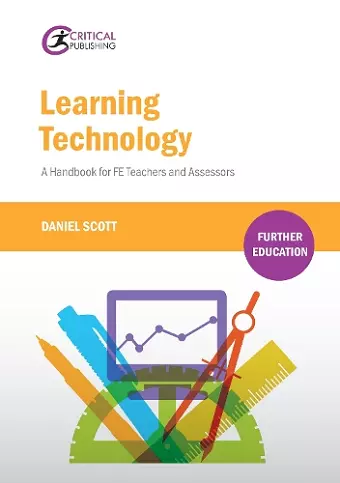Learning Technology
A Handbook for FE Teachers and Assessors
Format:Paperback
Publisher:Taylor & Francis Ltd
Published:10th Sep '18
Should be back in stock very soon

This non-fiction paperback, "Learning Technology" from Daniel Scott, was published 10th September 2018 by Taylor & Francis Ltd.
ISBN: 9781912096930
Dimensions: unknown
Weight: 260g
140 pages